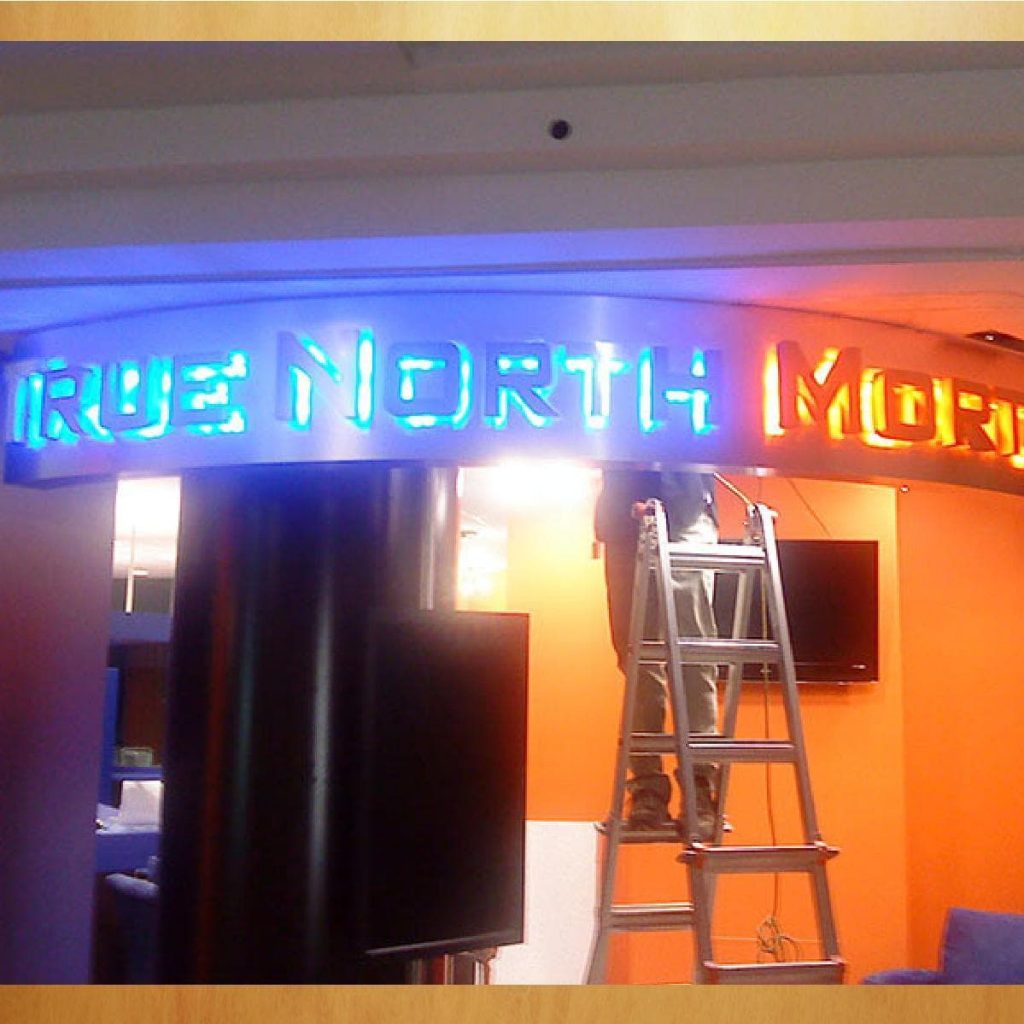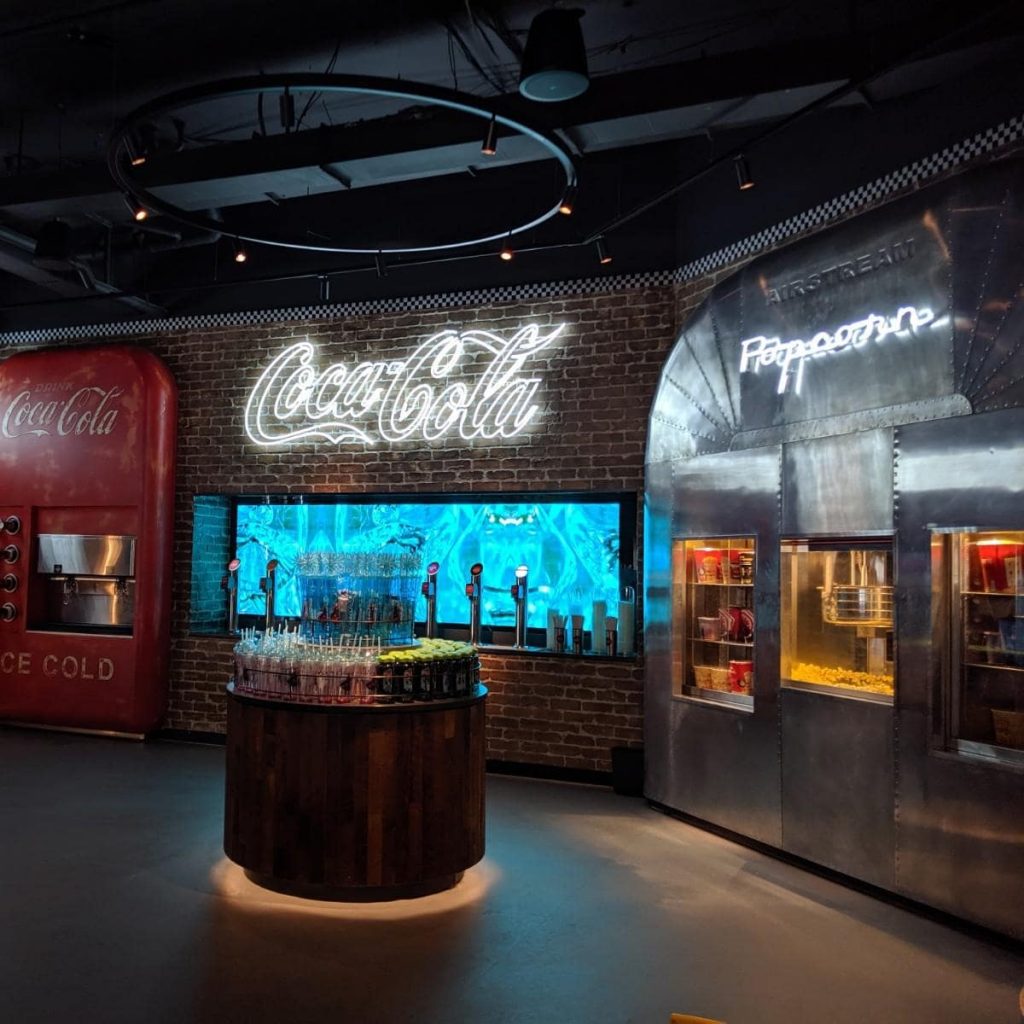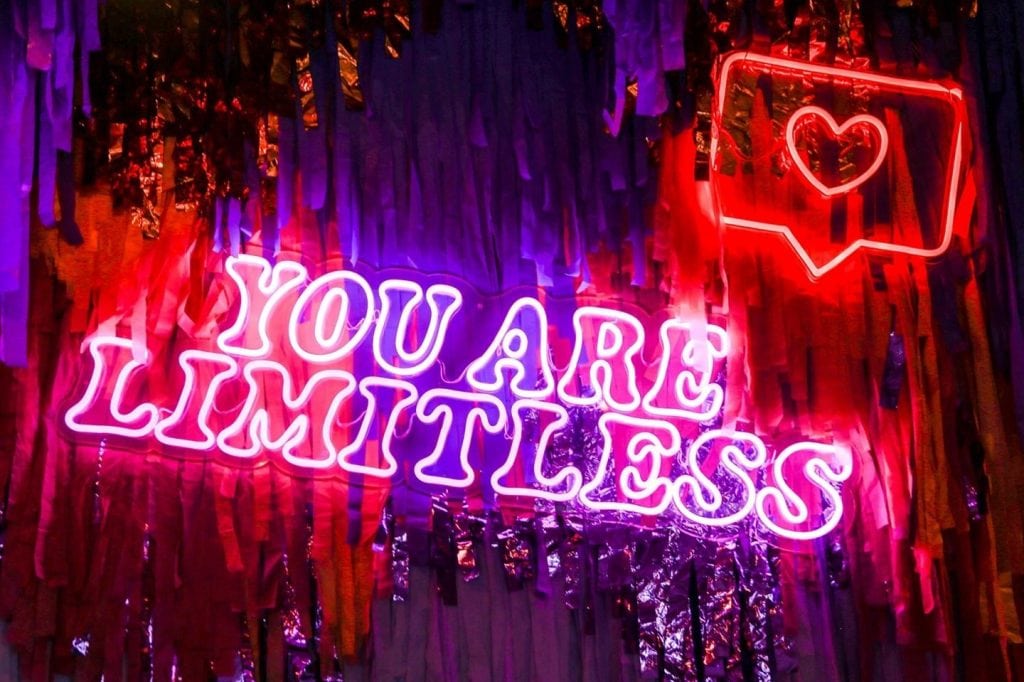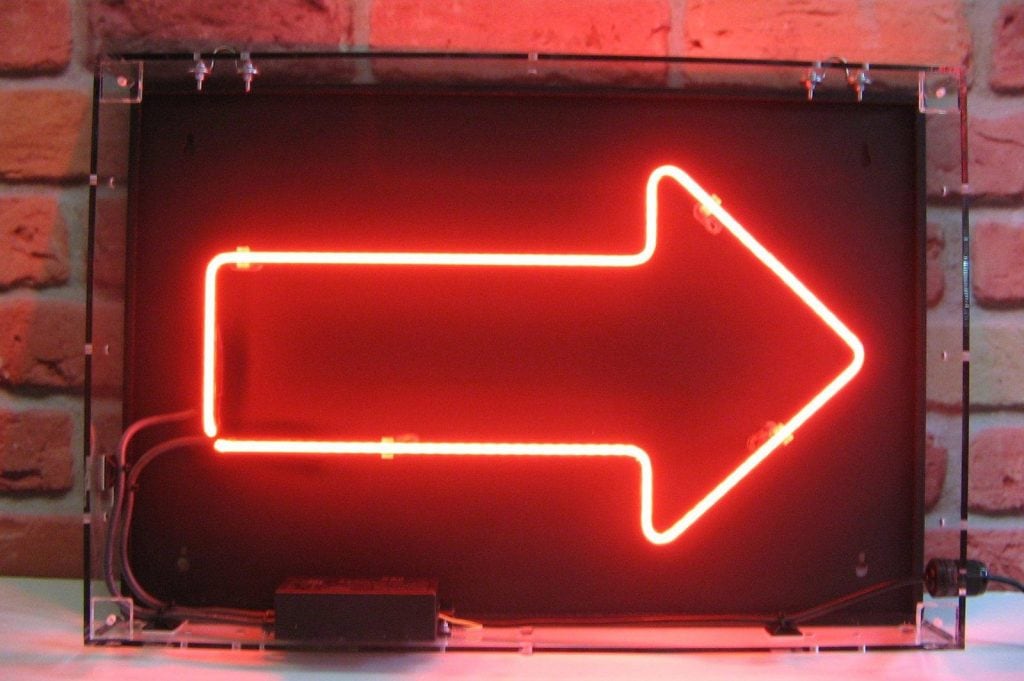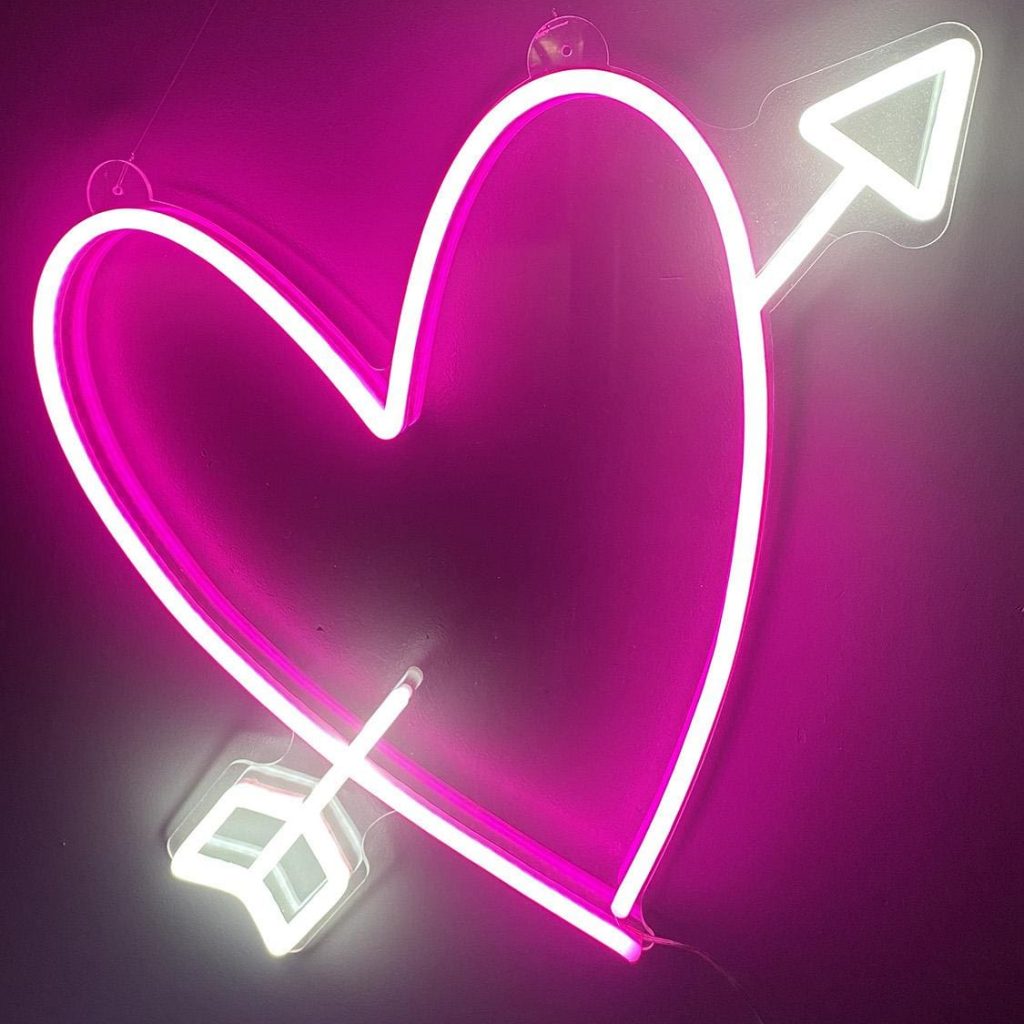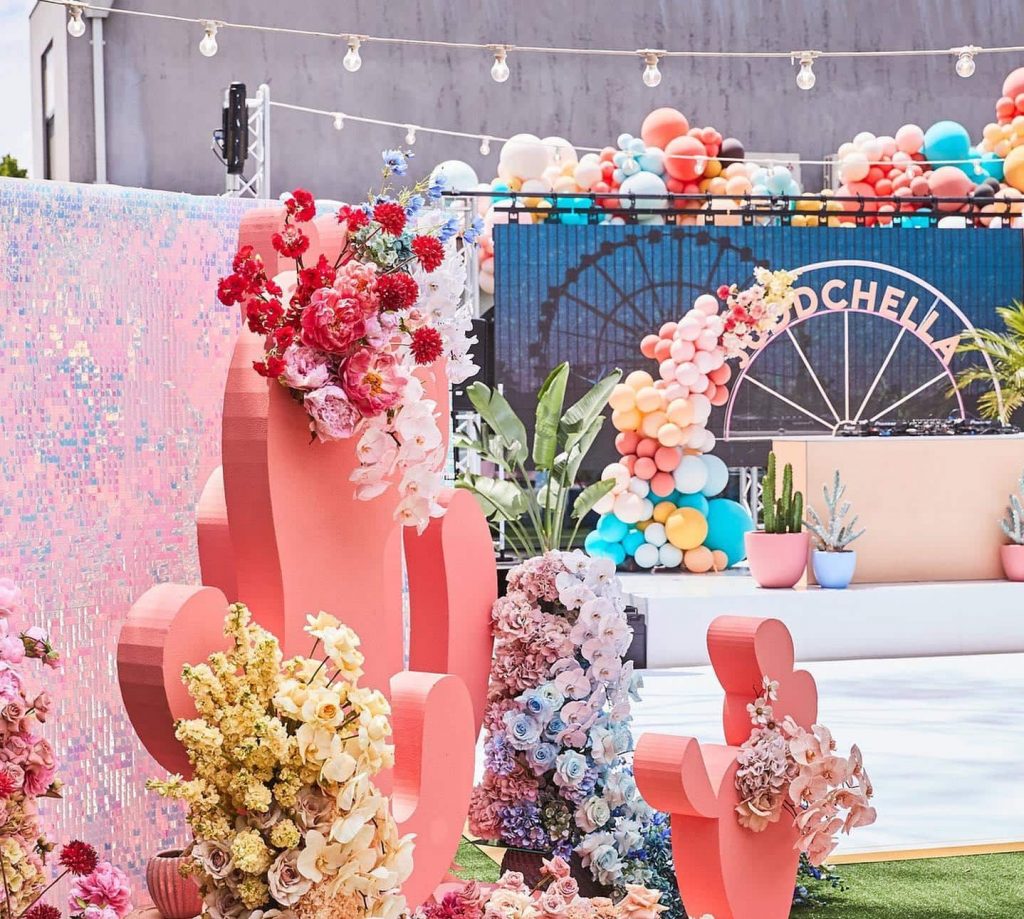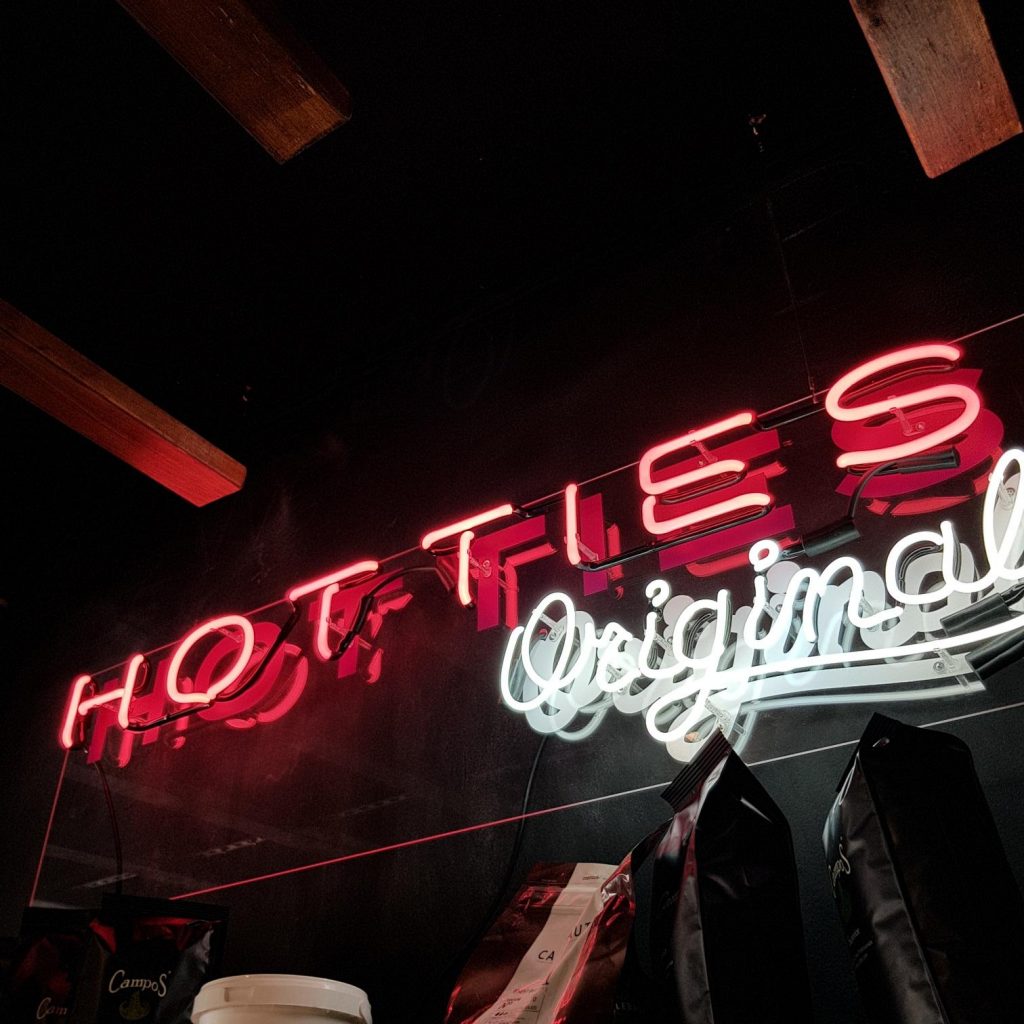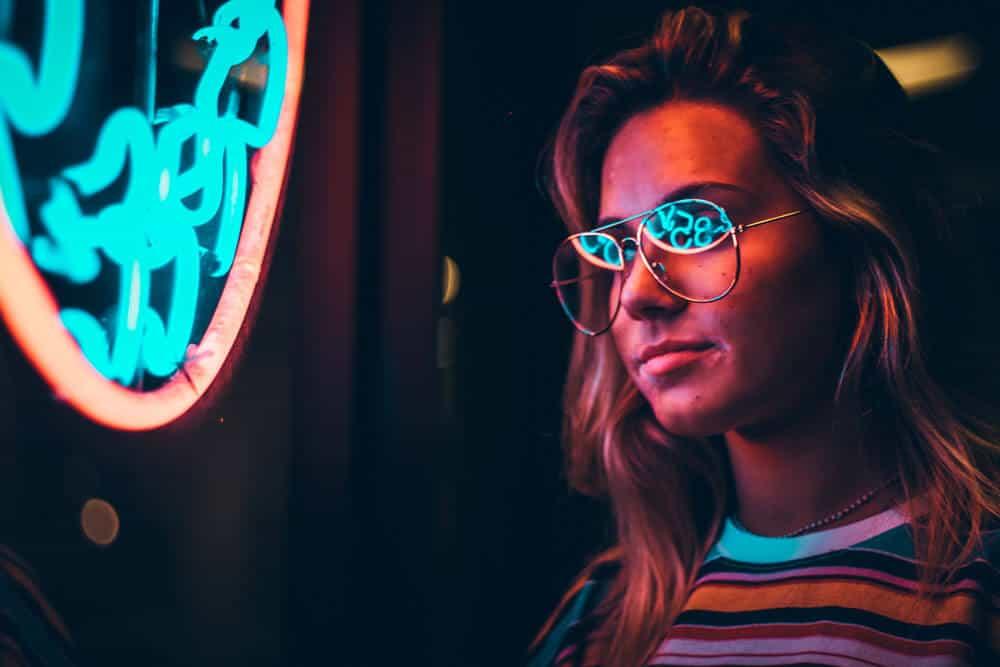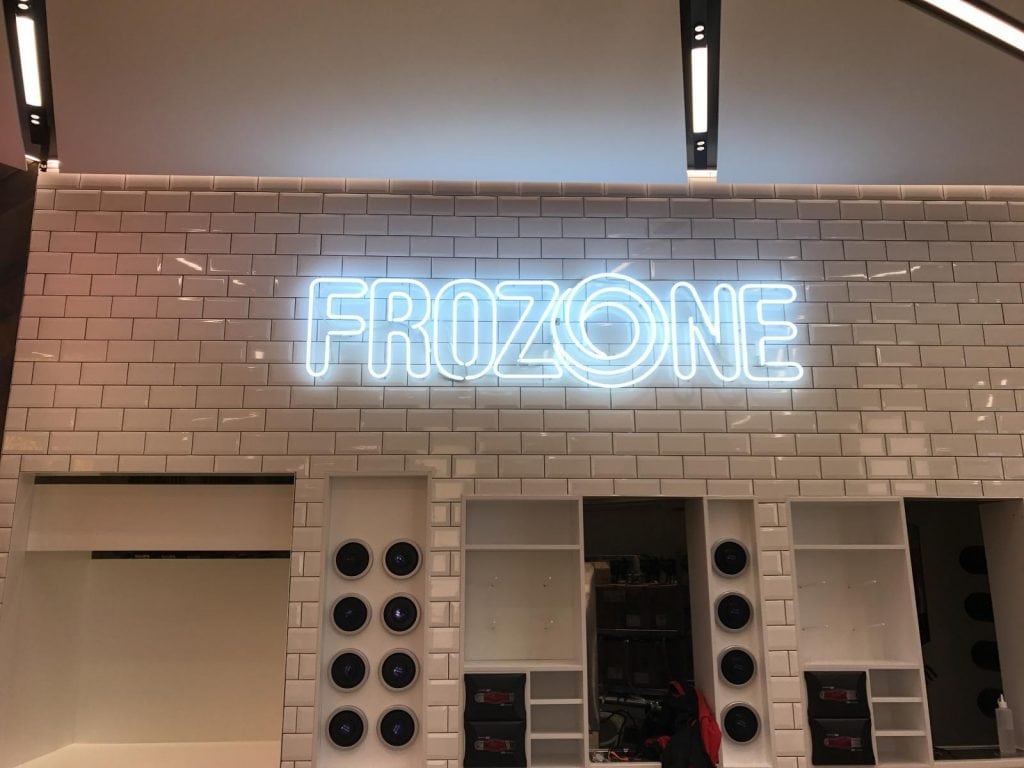LED lights are becoming increasingly common, despite the fact that there are many other options for illumination. This is because they are cheap and consume little energy. But are there any safety concerns with this light design?
LED bulbs are not a fire hazard. These light bulbs do not produce sufficient heat to start a fire. An overloaded circuit or poor wiring poses the greatest threat. It's not the bulbs themselves that usually create this problem, but rather the installation.
Investing in an LED bulb will reduce the likelihood of a fire. However, this does not indicate that there aren't some potential downsides. Keep reading to find out what you can do to shield your loved ones.
How Lights Start Fires
When used improperly, can LED Christmas lights start a fire? To get a handle on this, it's important to comprehend how electrical currents can cause lights to ignite. Common methods of fire-starting among these groups include;
- Overheating causes the light bulb to break.
- Sparking caused by frayed electrical cables
- Poorly fabricated wires
LED Lights Create Heat
What causes them to generate so much heat is the process by which light is generated. This is achieved by heating a filament in conventional incandescent lights. It uses a lot of power, but it puts off a lot of light. Traditional light bulbs also give off a lot of heat, which can be a fire hazard.
Is it possible to ignite a fire using an LED light bulb? Electricity is conducted through the diode of an LED bulb through a semi-conductor. This provides them with a few benefits. To begin with, it has a 75% decrease in energy consumption and a 25% increase in lifespan compared to regular light bulbs. It also generates significantly less heat than standard bulbs.
The reduced temperature of the bulb eliminates the risk of an object catching fire from accidental contact.
Loose Electrical Wires
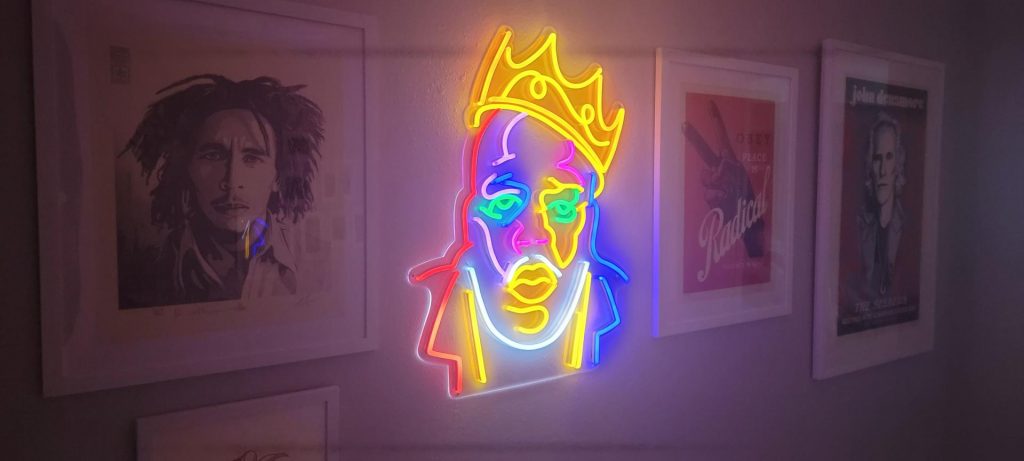
A frayed electrical cable is a major threat. To a greater extent than usual, this is true with Christmas lights that must be plugged in. A spark may be produced if the wires were exposed. It usually only takes one spark to cause a fire, especially if there are combustible materials near the outlet. You can mitigate this possibility in a few different ways;
- Make sure the light is working properly by inspecting the cord.
- Keep an eye on the lighting. Problems with the electrical supply could cause the lights to flicker or dim.
- Don't just throw away the Christmas lights when the holiday is over. Lock them up in a container that rodents can't open.
Brittle Wiring
The bulb's health should be the next priority. Typically, this happens with incandescent light bulbs that use a filament. To produce too much heat, the wattage must not be surpassed. The bulb's fragility will also increase as a result. The likelihood of them starting a fire is raised in this case.
Adjusting the voltages to be the same is the quickest and most straightforward solution. Make sure you're not pushing the envelope too far. The bulb's voltage will be printed on the packaging.
Risk of Fire from Different LED Lights
Different varieties of LED lights are available. There are advantages and disadvantages to each of these. Let's take a quick look at what we have to work with.
Strip Lights
Popularity-wise, this category of LED lights is among the top dogs. They will look like a long rope if they are this thin. Due to their adaptability, they are widely favoured. Wrapping them around a driveway or balcony will be a breeze. The question is whether or not LED strip lights provide a fire hazard.
Extremely small chances of harm occuring. There is no risk of the bulbs overheating, as is the case with the vast majority of LED lighting. The best course of action is to conduct a test, though. Just keep them on for a long period of time. Feel them with your fingertip. It could be warm, but probably not so much that you'd feel uncomfortable.
Christmas Lights
A house fire is the worst possible holiday disaster. This is a high-risk time, resulting in more calls to fire stations. But can LED holiday lights really start a blaze?
LED lights have been associated with a few fires, however they may not be the main culprit. As we discussed, sparks are more likely to fly from frayed wires. Christmas lights are more likely to be damaged because they are constantly being moved about in storage. Because it is possible that the tree is constructed from combustible materials, it may potentially increase the danger of fire. This is why you should always double-check your lights before using them for decoration.
Overloading electrical outlets with too many Christmas lights is another prevalent issue. A short circuit may occur in an overloaded circuit. Before plugging in the lights, make sure you have checked the combined wattage. In most cases, 15 amps is the maximum you should use.
Grow Lights
A grow light is the type of LED that could potentially pose the most danger to its users. These are meant to generate some heat, unlike the other sorts. To aid plant development, this is essential. Can LED grow lights actually start a fire?
Once again, the lights themselves are rarely to blame for a grow room blaze. A fault with the lighting configuration is to blame. Many grow lights, for instance, are located near sources of water. Electrical wires and raindrops do not get along. They could potentially be at risk of electrical overload.
The scale of the grow chambers just adds to the dangers involved. Most are rather modest in size, and a fire might spread rapidly through them. It's possible to use fertilizer and other such substances to further fuel the fire. The excellent thing is that grow lights shouldn't pose a fire hazard if they're installed properly.
Leaving the Lights Turned On
LED lights have the advantage of being more cost-effective to operate compared to incandescent bulbs. For this reason, many people choose to keep them on throughout the night. But would it be appropriate to do that?
Given that LED bulbs do not overheat to the same extent as other types of bulbs, it is safe to leave them on all night. The aforementioned factors render LED lights ideal for use as night lights.
We have a habit of leaving lights on for much too long, which is dangerous because of the risk of fire. Doing so might not have any negative effects, but it's still not a good idea. You should realise that Christmas lights and other ornamental lighting account for the vast majority of home fires every year. Additionally, this is due to the fact that these lights are left on for extended periods of time.
Most Christmas tree fires can be traced back to the highly combustible wrappings. As a result, it's not a good idea to leave the lights on for extended periods of time. It's recommended that you experiment with using timers or other similar technologies to turn on the lights at the appropriate times. The utility bills can be reduced by doing this as well.
You may be concerned about the safety of LED lights when they are left on for such a long period of time, though. Fortunately, the risk of a contact fire is reduced when using LED lights rather than incandescent bulbs because LEDs do not produce as much heat. This could happen, though, if the light fixture was improperly installed. A fire shouldn't start from the lights, though, assuming they were installed properly.
How Long Can an LED Bulb Be Left On?
LED bulbs can be left on continuously if they have been placed properly, the correct wattage is used, and there are no obstructions to heat dissipation.
LED bulbs are not damaged by frequent on/off cycling. Because of the extreme temperature, they quickly decay. Therefore, the LED bulb must not pose a fire hazard provided that heat issues are effectively addressed.
However, you should utilise timer or sensor to control the lights you plan to leave on. Preserving the life of your LED light bulb is one.
In place of always leaving the outdoor light on, you can instal motion detectors. Saving money on your monthly electricity bill is another obvious motive.
Lights should be left on for no more than 12 hours every day in order to conserve energy and money.
LED Lights in Enclosed Fixtures: Can They Explode?
You should also exercise caution when working with enclosed fittings. Instead of leaving the LED light exposed, lamps are used to hide it in enclosed fixtures. These lights, typically made of glass or plastic, have a protective cover around them that prevents air from circulating inside. Light fixtures on the ceiling of a bathroom or mounted on a wall outside are two common types of illumination.
It's crucial in this scenario that the diode be hermetically sealed. If you follow these steps, your LED light bulb will be protected from the elements.
A lack of ventilation, though, can make heat buildup more problematic. If heat is not properly dissipated, LED lights are likely to gradually fail through a process known as lumen degradation. Due to poor heat dissipation, they frequently collapse catastrophically in a process known as thermal stress explosion.
The aforementioned issues render the vast majority of LED lights unsuitable for use inside of enclosed fixtures. The market gap has been recognised, however, and numerous firms have developed solutions in recent years.
This is why you'll find 'Enclosed Fixture Rated' labels on some LED bulbs while shopping. Hence, if you want a sealed light source but are unsure whether or not the LED bulb will function properly in the fixture, it is best not to use it.
LED Lighting While Sleeping
Although the danger of a fire is rather low, there are still a few reasons for which you may not want to go to sleep under a white and blueish LED light. The following are some of them:
- The glare of the lamp that won't let you go to sleep
- An increased probability of experiencing depression or another mood disorder
- Inability to concentrate may result from lack of sleep.
The ultra-white brightness of LEDs can prevent our bodies from delivering melatonin, making these lights ideal for completing tasks but less so for putting us to sleep.
If you must use an LED night light, get one that can be dimmed to an extremely comfortable level, or switch to a different colour of light, such as red.
How to Reduce the Chances of Your LED Lights Starting a Fire
As we've shown, there is a rather low probability that LED lights can start a fire. However, this does not preclude the possibility of taking some measures to cut the risks to an even lower level.
Buy Quality Lights
Investing in high-quality lighting should be the first thing on your to-do list. Because of this, they are going to have an exceptionally lengthy lifespan. There will be less of a chance that these lights would malfunction due to bad wiring. A fire is more likely to be caused by a problem with the electrical wiring than it is by a fault with the Led light bulb itself. As a result of this, it is strongly recommended to shell out a bit more money for a good LED light.
Examine the Voltage Limits
Another issue that frequently arises is when the outlet has been overloaded with too much debris. This can significantly increase the risk of a short circuit occuring. Checking the amount of power that the lights require is the most effective method for avoiding this problem. The price of these will typically be lower than that of standard bulbs. It is recommended that you do not plug more than 15 amps into any single socket.
As far as light sources go, LEDs are among the most secure options available today. They pose much less of a fire hazard than comparable bulbs because they don't get nearly as hot. Make sure they are a reliable brand and correctly installed before using them.
Conclusion
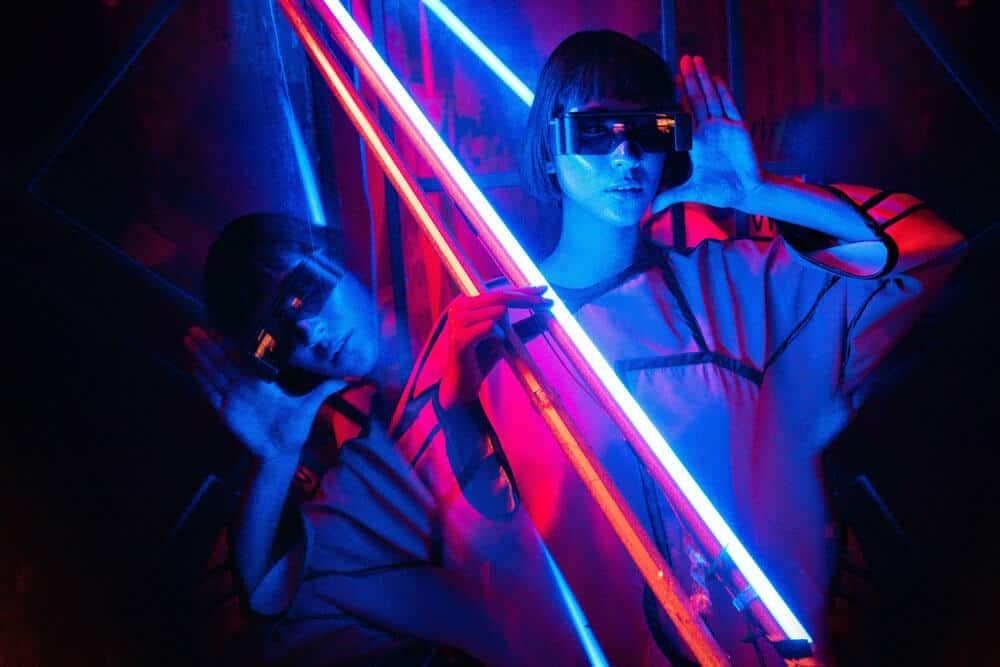
The use of LED lighting is on the rise, but are there any security issues associated with this trend? Can LED Christmas lights cause fires if used incorrectly? The bulb burns out from overheating and must be replaced. By checking the wiring and the bulbs regularly, you can reduce the likelihood of a fire starting in your Christmas lights. While some reports have linked fires to LED lighting, it's possible that these incidents are isolated.
Storage is a dangerous place for Christmas lights because they are constantly being moved around and could get broken. That's why it's important to check your lights every time you want to use them for decoration. The highly combustible wrappings are usually to blame for Christmas tree fires. Switching to LED bulbs from incandescent ones lowers the possibility of a contact fire. The lights that you intend to leave on, however, should be managed by a timer or a sensor.
If you want to save money and energy, your LED lights shouldn't be on for more than 12 hours a day. LED lights will gradually fail if excess heat is not removed. They have poor heat dissipation, which leads to a process called thermal stress explosion, where the structure suddenly collapses. Because they don't get nearly as hot as traditional bulbs, LED lights are much safer to use around the home and elsewhere. You should check that they are a reputable brand and that they were installed properly before you start using them. The best way to prevent this is to verify the power consumption of the lights.
Content Summary
- LED bulbs are not a fire hazard.
- These light bulbs do not produce sufficient heat to start a fire.
- Investing in an LED bulb will reduce the likelihood of a fire.
- Keep reading to find out what you can do to shield your loved ones.
- When used improperly, can LED Christmas lights start a fire?
- To get a handle on this, it's important to comprehend how electrical currents can cause lights to ignite.
- Traditional light bulbs also give off a lot of heat, which can be a fire hazard.
- Is it possible to ignite a fire using an LED light bulb?
- Keep an eye on the lighting.
- Problems with the electrical supply could cause the lights to flicker or dim.
- Don't just throw away the Christmas lights when the holiday is over.
- The bulb's voltage will be printed on the packaging.
- The question is whether or not LED strip lights provide a fire hazard.
- This is why you should always double-check your lights before using them for decoration.
- Overloading electrical outlets with too many Christmas lights is another prevalent issue.
- Once again, the lights themselves are rarely to blame for a grow room blaze.
- The aforementioned factors render LED lights ideal for use as night lights.
- As a result, it's not a good idea to leave the lights on for extended periods of time.
- However, you should utilize a timer or sensor to control the lights you plan to leave on.
- Preserving the life of your LED light bulb is one.
- Lights should be left on for no more than 12 hours every day in order to conserve energy and money.
- Instead of leaving the LED light exposed, lamps are used to hide it in enclosed fixtures.
- The aforementioned issues render the vast majority of LED lights unsuitable for use inside of enclosed fixtures.
- Hence, if you want a sealed light source but are unsure whether or not the LED bulb will function properly in the fixture, it is best not to use it.
- Although the danger of a fire is rather low, there are still a few reasons for which you may not want to go to sleep under a white and blueish LED light.
- If you must use an LED night light, get one that can be dimmed to an extremely comfortable level, or switch to a different colour of light, such as red.
- As we've shown, there is a rather low probability that LED lights can start a fire.
- However, this does not preclude the possibility of taking some measures to cut the risks to an even lower level.
- Investing in high-quality lighting should be the first thing on your to-do list.
- A fire is more likely to be caused by a problem with the electrical wiring than it is by a fault with the Led light bulb itself.
- As a result of this, it is strongly recommended to shell out a bit more money for a good LED light.
FAQs About LED Lights
While the average lifespan of a neon sign is eight to fifteen years, many of them last much longer than that. A sign's lifespan can be shortened by leaving it on for extended periods of time, and it also increases the risk of overheating and electrical surge damage
Neon signs, which were common from the 1920s to the 1960s and again in the 1980s, require them to create the bright, eye-catching displays of colour that are their hallmark.
The neon glass tubes in the metal conduits are linked together by high-voltage electrical wires. When temperatures get too high, the wires powering the sign can melt, rendering it useless in whole or in part.
Believe it or not, no electricity is required here, despite the fact that many people think they must plug it in. When excited by either electricity or ultraviolet light, gas molecules release electrons, causing the gas to glow.
Neon signs are stunning to behold, but they pose a danger if they aren't regularly serviced. Injury from shattered glass, electric shock, or a fire hazard are all examples of the dangers that could arise.

